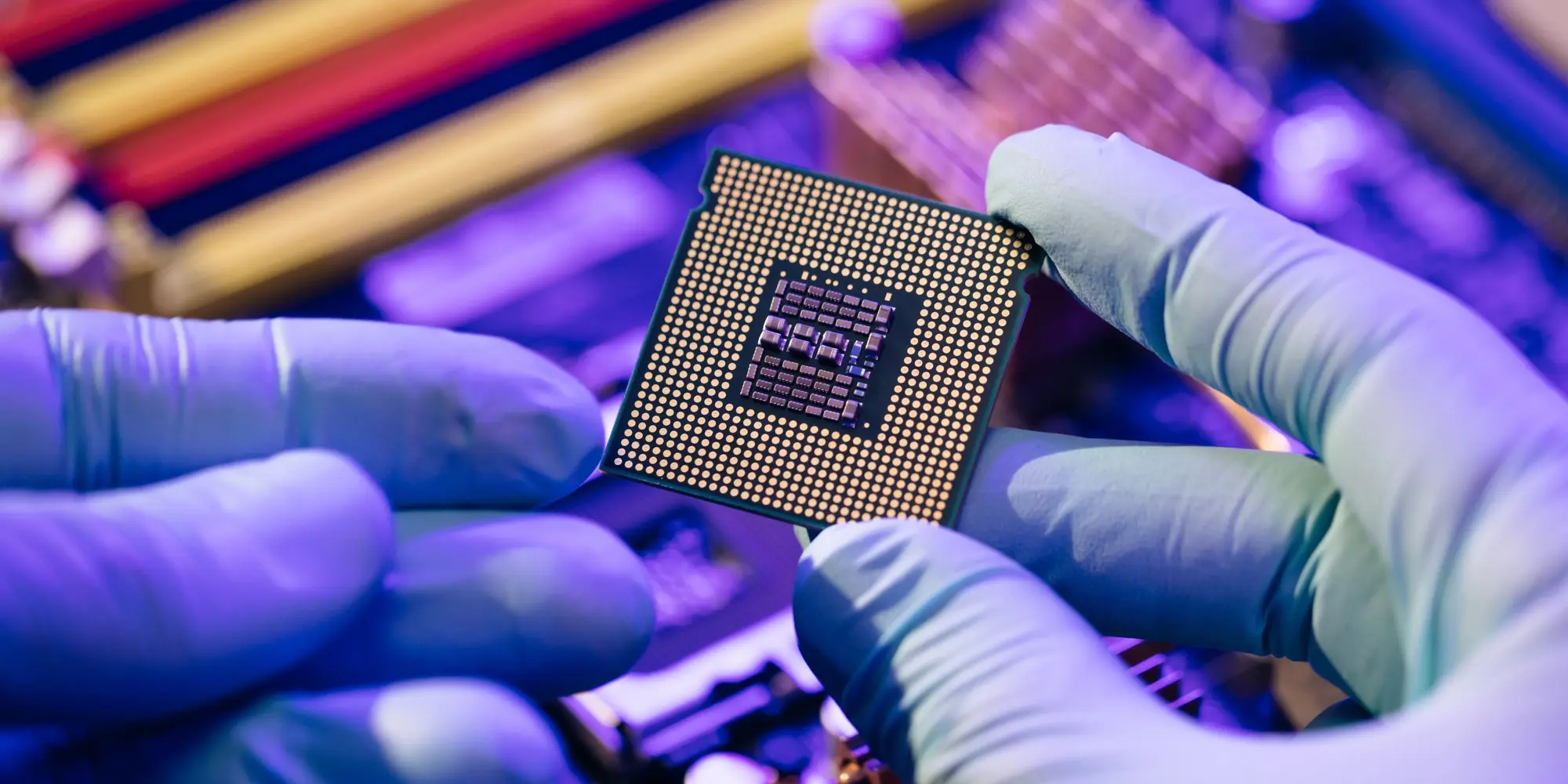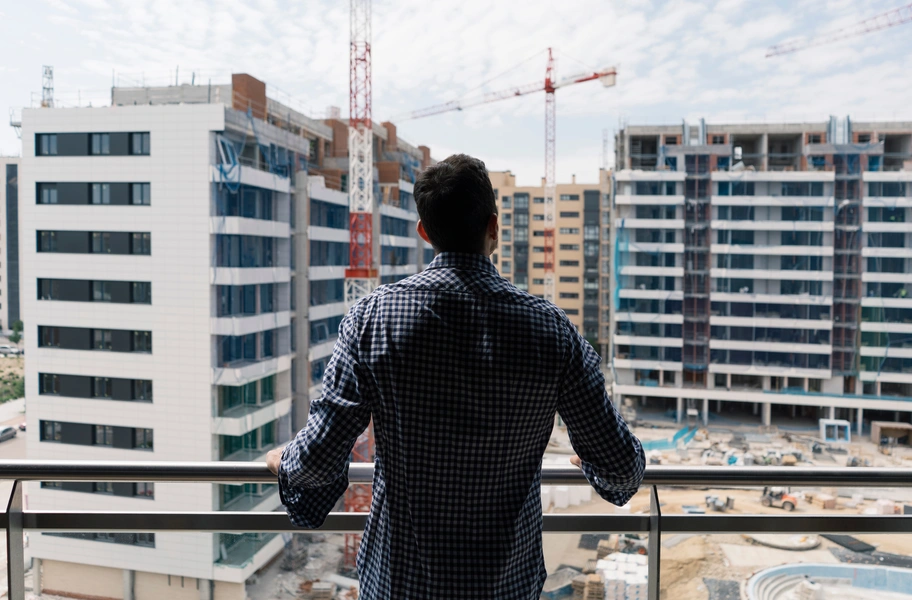Tony Totty, president of a United Auto Workers (UAW) local representing General Motors workers in Toledo, Ohio, recently labeled the shift to electric vehicle manufacturing “the largest transition in our industry since its inception.”
Nationwide, over 100 new facilities or expansions for domestic clean energy manufacturing have been announced within the past two years. This represents nearly $97 billion in new investments in electric vehicles (EVs), batteries, charging infrastructure, solar panels, wind turbines, and clean energy solutions in the U.S. Furthermore, since the Infrastructure Investment and Jobs Act (IIJA) passed in 2021, more than 70,000 new jobs have been created in the clean energy sector.
The IIJA provides billions of dollars to states to deploy clean technologies. But there's a catch. In conjunction with the Justice40 initiative, 40% of the benefits from climate change and clean energy spending must go toward disadvantaged communities. Organizations that want to leverage federal and state incentives must create career pathways for urban centers if they want to use public dollars. Yet, few of the announced plans target these communities.
Excluding a Key Demographic
Unemployment continues to be a significant issue for urban and rural areas with persistent poverty. Urban areas that historically suffered poverty rates of 20% or higher have the highest unemployment rates — nearly 50% higher than suburban or rural areas that do not have persistent poverty.
While many clean energy manufacturing facilities are in counties with higher poverty, few manufacturers are building in or near urban centers.
Barriers to Urban Development
There are several critical barriers to building in urban areas. First, land is generally more expensive and limited due to density. For example, when Rivian was looking to build a 20 million square foot manufacturing complex in Georgia, few parcels could accommodate the plan, and none in urban areas. The Rivian plant is the largest economic development project in state history. It is set to employ 7,500 workers by 2024, but the location is 45 miles east of Atlanta and largely inaccessible by public transit.
Zoning and government regulations also make development difficult in urban areas. Older cities tend to have complex zoning restrictions that make large-scale manufacturing facilities challenging to permit and build. Rural areas typically have fewer restrictions. Government entities have been more willing to streamline and fast-track zoning in rural areas with high unemployment and poverty rates. Such restrictions in urban areas can increase racial and economic segregation and limit job opportunities for future generations.
Workforce barriers to urban development have permeated beyond building sites. Labor unions like UAW, which is actively striking against Ford, Stellantis, and General Motors, have raised concerns over job security as membership has plunged over the past 50 years due to automation, outsourcing, and market share loss. Workers worry the clean energy transition will compound this decline as EVs require 30 percent less labor to assemble than conventional vehicles.
Finding a Balance Between Location and Urban Career Creation
Suburban and rural locations may be cheaper, but building in urban areas creates an opportunity to build skills and wealth in underserved communities.
Potential solutions for creating a more equitable workforce and opening jobs to urban areas include public-private partnerships and tax incentives or grants to offset higher costs for urban locations. Companies and government agencies must closely engage urban communities and align with community stakeholders to create this balance. Diversity and inclusion should be part of location decisions, not just cost and availability.
And when jobs are located outside urban centers, employers can proactively remove transit barriers and bridge skill gaps. Solutions could include offering shuttle services and transportation stipends for workers who must commute and providing training programs for urban residents with local community groups and educational facilities. In Michigan, for example, more than 100 organizations partnered to create the EV Jobs Academy, which provides training and reskilling for workers. The Academy also provides tuition assistance and apprenticeships, enabling “earn while you learn” opportunities.
Using Ichor to Supercharge Workforce Development
Ichor offers proprietary data and hyperlocal research to help companies see the specific risks and nuances in relevant communities. By also engaging local community groups, Ichor helps clean energy manufacturers create equitable career pipelines that address the needs of a project’s key stakeholders.
It takes a collaborative approach: bringing together business, government, and community members to build inclusive workforces. Ichor provides diverse services to aid clients in better decision-making, including:
- Equity impact analyses
- Economic and socio-political research
- Authentic community engagement
- GIS mapping
- Impact programming
- Pain point analyses
- Risk mitigation and hyperlocal stress-tests
Ichor also initiates hyperlocal conversations to develop local messaging that highlights the economic and social impact of companies’ initiatives to drive the narrative forward. By evaluating public and proprietary data and conducting community outreach, Ichor can outline barriers to development and create risk mitigation strategies.
The investments in clean energy and electric vehicles represent an exciting opportunity for equity and sustainability. Time is of the essence. States like California and New York have imposed rules that require all new cars sold starting in 2035 to be electric. Urban communities need a seat at the table to benefit from the transition. Clean energy leaders must understand their impact at a local level and provide education and career opportunities for underserved communities. While in these early stages of clean energy job creation, it is critically important that communities left behind in the past are not left behind again.




